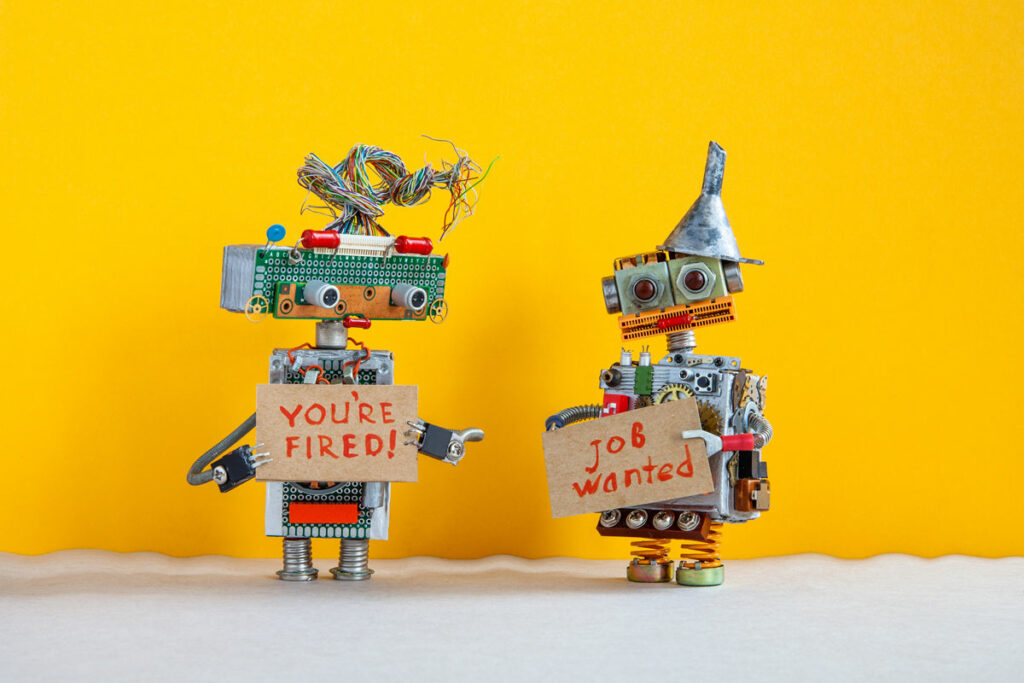Can Artificial Intelligence be Disruptive Without Being Destructive?

While the Barbie movie and “Oppenheimer” are dominating the box office, here’s a pitch for another sure-to-be blockbuster:
Researchers at a high-tech company have discovered a more efficient and automated method of designing computer chips using artificial intelligence, which the lab’s parent company said could improve its own specialized AI chip.
Get a few A-list stars on board, some good dialogue and some top-notch special effects and that movie has “hit” written all over it. Except it’s not a movie pitch but an actual story from the Wall Street Journal about efforts underway at Alphabet Inc.’s Google DeepMind lab.
While news that Google is working on a way to use artificial intelligence to design computer chips to power other AI capabilities sounds like the plot of a science fiction nightmare, it is the logical progression of the headlong rush by the business community to apply AI to anything and everything.
The urge to apply technology to as many things as possible is not new. Back in the early 1950s as the story of atomic energy became more known, futurists and would-be techno-wizards talked about nuclear power fueling consumer goods from cars to household appliances. The story was repeated with the advent of personal computing and claims that digital tools would bring the paperless office and other modern marvels.
On the surface, the push to use artificial intelligence to create more artificial intelligence follows the historical pattern of human behavior. That desire to create bigger and better ways to do things – whether it be labor-saving devices in the kitchen or life-saving tools in the operating room – is a hallmark of human existence and the drive to innovate.
But it can also be a cautionary tale.
One of the subplots in Christopher Nolan’s story of J. Robert Oppenheimer and the development of the atomic bomb is the concern Manhattan Project scientists had that an atomic detonation could ignite the atmosphere. While it proved to be false, the possibility that taking a leap of faith into the unknown could have cataclysmic consequences is not something to take lightly.
Apparently, there are some who have similar concerns about artificial intelligence.
A recent meeting at the White House between President Biden and the heads of seven AI-involved companies aimed to diminish the risks in the development of artificial intelligence with a voluntary pledge of “responsible innovation” for AI.
The problem with that is our ideas of innovation and entrepreneurship are grounded in the notion of “disruption.” And in the race to be a disruptor, those voluntary guardrails may not do much to stop the headlong rush into uncharted AI territory.
And that is the central issue with AI. Can it be disruptive without being destructive or is it too much of a risk? With more and more people jumping on the AI bandwagon, it may already be too late to turn back now.






